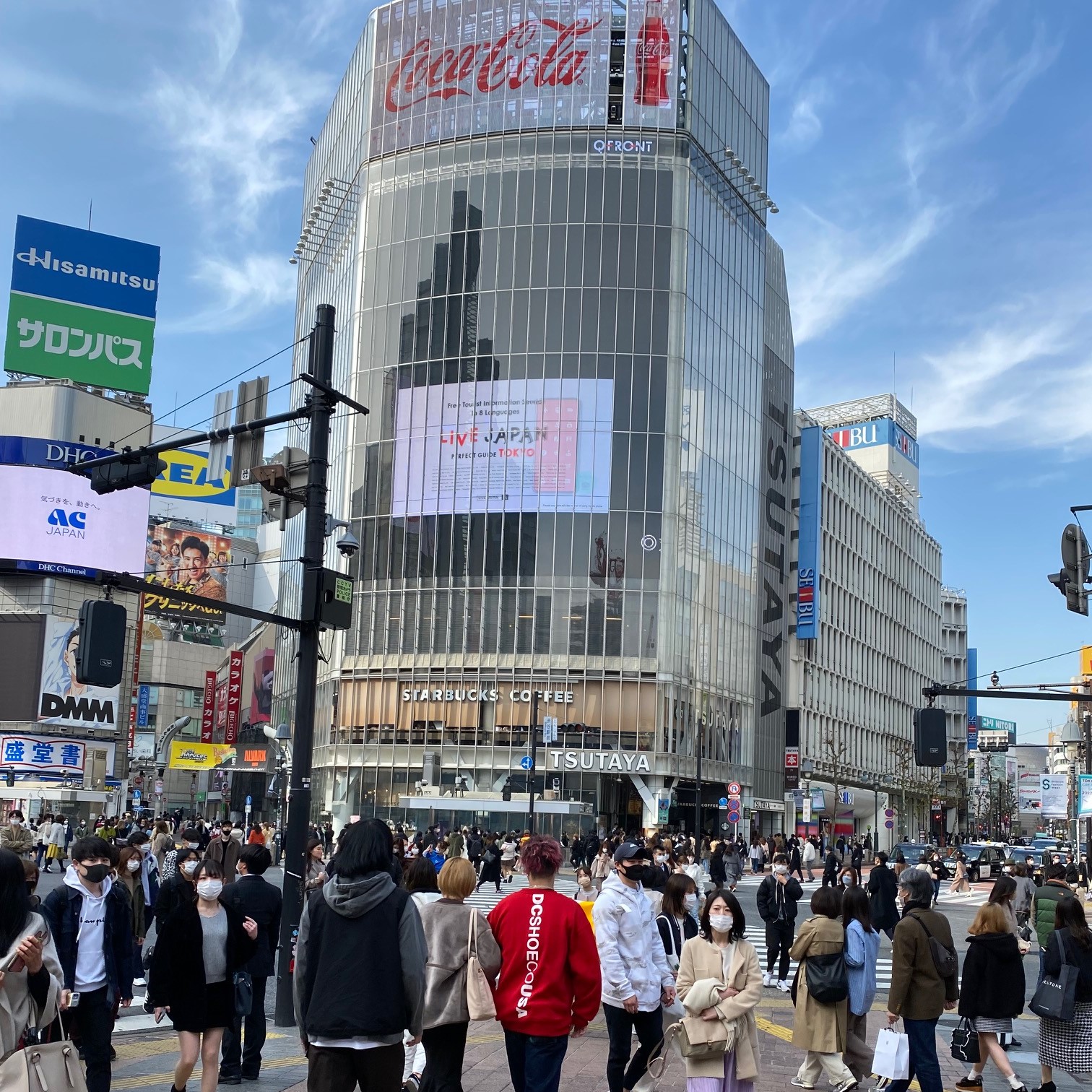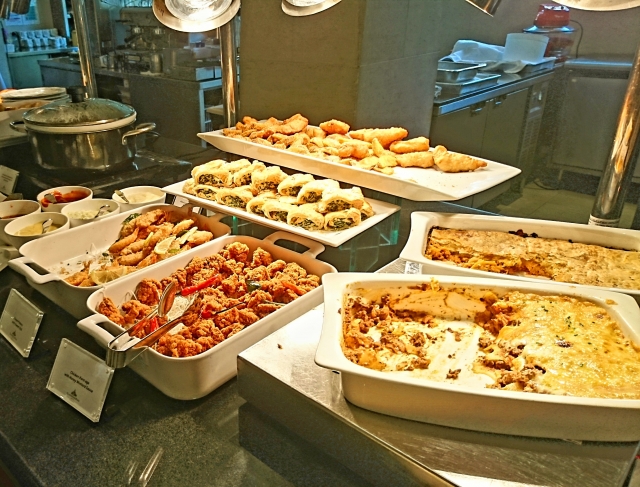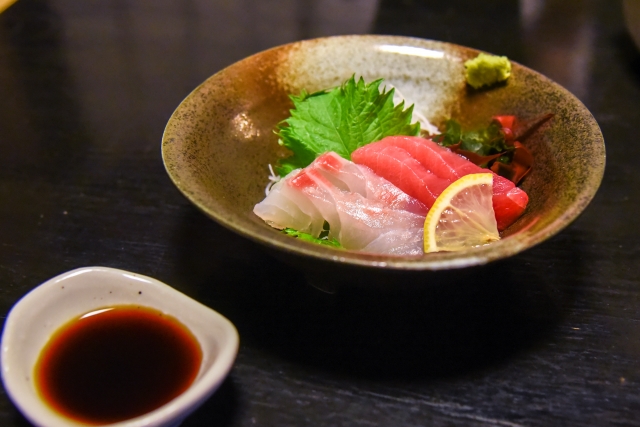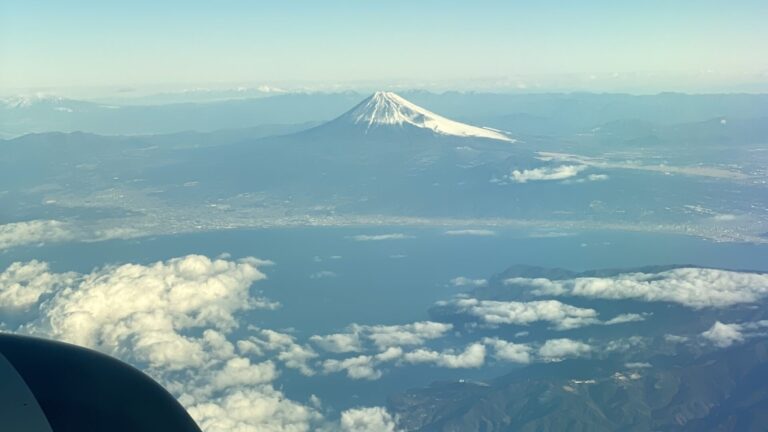When people who normally follow a gluten-free diet go to Japan, they may be worried about whether they can eat gluten-free menus at restaurants or whether they can get gluten-free food at grocery stores. In Japan, compared to Europe, north America, and Oceania, fewer people follow a gluten-free diet, and the dietary habits themselves are very different. Even if you go to a large grocery store, there is no gluten-free food section that you often see in Europe and north America, and there are almost no foods labeled as “Gluten-free.” Here, we will explain in detail about the gluten-free situation in Japan. Please refer to it when you eat in Japan.

- 1 There are very few restaurants in Japan that serve gluten-free meals
- 2 Few people in Japan know about celiac disease
- 3 Various foods are easily available in Japan
- 4 What to do with the soy sauce used in most Japanese dishes
- 5 We recommend you bringing gluten-free foods that can be stored for a long time
There are very few restaurants in Japan that serve gluten-free meals
It is said that there are 700,000 restaurants in Japan. Less than 1,000 of these restaurants offer gluten-free menus. Many of the restaurants that are introduced as having gluten-free menus on travel and restaurant websites are vegan restaurants and may not have gluten-free menus.
The few restaurants that offer gluten-free menus do not all meet Western gluten-free standards. A gluten-free salad served at a famous restaurant in Tokyo once contained barley. In Japan, some chefs believe that wheat-free food is gluten-free.
In Japan, the word “gluten-free” has spread among women in their 20s to 40s who are highly interested in fashion and diet. It was triggered by media such as magazines introducing gluten-free as a celebrities diet style. Although gluten-free has a vaguely healthy image, not many people really understand what it means. Gluten-free is a life-threatening issue for people with celiac disease.
By the way, there are various levels of restaurants that serve gluten-free menus. In some restaurants, all menu items are gluten-free. In this case, the possibility of gluten contamination is zero. Also, no matter what you order, it is gluten-free, so you can eat with confidence. However, there are only a few dozen such restaurants in Japan.
Next, there is a restaurant that offers both a gluten-free menu and a gluten-containing menu. Most restaurants in Japan that offer gluten-free menus are of this type. At this type of restaurant, the potential for gluten in the gluten-free menu varies from restaurant to restaurant. This is because there are no gluten-free labeling standards in Japan, so it is up to the discretion of the restaurant to decide whether to label it as gluten-free.
Even if it is labeled as gluten-free and actually contains more than 20 ppm of gluten, there is no penalty in Japan. Never forget this. Of course, most restaurants take care to ensure that their gluten-free menu does not contain gluten. But in the end, the individual must make a decision based on the information provided by the restaurant.
As I will explain later, there are people in Japan who are allergic to wheat, so there is a need for wheat-free menus. However, many restaurants claim that they are not allergen-free, even though they say they do not contain wheat ingredients. In other words, they do not use wheat ingredients, but they do not take responsibility even if something happens, so please eat at your own risk.
You can often see gluten-free menus at restaurants and buffet-style restaurants in luxury hotels frequented by foreigners. This kind of restaurant understands Western standards, so you can eat with confidence. If you visit other restaurants and want to eat gluten-free foods, we recommend doing your research well in advance.

Few people in Japan know about celiac disease
If you use a translation app on your smartphone, you can have a conversation even if you don’t understand Japanese. In such a case, even if you tell a Japanese person, “I have celiac disease,” most Japanese people do not understand what you mean. About 6% of the population in Europe and the United States is said to have celiac disease, but almost no one in Japan has been diagnosed with celiac disease. (In fact, we think there are people with celiac disease who are just undiagnosed.) Few people in Japan know about celiac disease, except for some medical professionals. Therefore, they do not know the correct meaning of the gluten-free label.
If you were to describe your situation, it would be better to say, “I have a wheat allergy.” About 0.3% of the population in Japan is allergic to wheat, so many people are familiar with the term wheat allergy. And they understand that people with wheat allergies can’t eat anything that contains wheat. If you explain, “I have a wheat allergy,” they will recommend foods that do not contain wheat.
However, this method is not perfect. Some people with wheat allergies also cross-react to barley and rye, but most Japanese people are unaware of this. Although rye is rarely used in Japan (except of rye bread), barley is popular as a healthy ingredient and is sometimes used. We think you should check to make sure that the food you are about to eat does not contain barley.

Various foods are easily available in Japan
Buying food in Japan is so easy. There are many food supermarkets in urban areas, and ready-to-eat food is easily available. There are more than 50,000 convenience stores all over Japan. And most convenience stores are open 24 hours. At convenience stores, you can buy not only ready-to-eat foods, instant foods, and frozen foods, but also various ingredients. There is also a microwave oven and hot water pot. As an aside, raw sweets of Japanese convenience store are popular with foreigners because of their high quality (unfortunately, most of the products are made with wheat flour).
In Japan, ready-to-eat foods, instant foods, and frozen foods are required to display ingredients and allergens contained in them. The target allergens are as follows;
- Obligatory labeling (7 items)
Wheat, egg, milk, shrimp, crab, buckwheat, peanuts - Items recommended for labeling (21 items)
Soybeans, sesame, yam, matsutake mushrooms, gelatin, beef, pork, chicken, mackerel, salmon, salmon roe, squid, abalone, almonds, walnuts, cashew nuts, oranges, kiwifruit, bananas, peaches, apples
These are foods that many people are allergic to. In Japan, many people have food allergies to wheat, eggs, and milk, so these three are called the three major allergens.
When purchasing food, first check to see if it contains wheat as an allergen. Allergens must be labeled as proteins if they are contained in food at a few ppm. Since it is a few ppm, it is stricter than the gluten-free label (20 ppm or less).
When you buy food, you can judge whether the food is gluten-free by the presence or absence of “wheat” on the label.
On the other hand, there is no allergy indication for “barley” and “rye”, so you have to judge from the ingredient label. This is a very troublesome problem for some Japanese people as well. Because you have to read the fine print at the store. However, the foods that use barley are generally fixed, so it is possible to predict to some extent.

What to do with the soy sauce used in most Japanese dishes
Many people would like to eat Japanese foods when they go to Japan. However, most Japanese foods use soy sauce. Soy sauce is a seasoning made by fermenting soybeans and wheat. Recently, soy sauce is known in Europe, north America, and Oceania, and gluten-free soy sauce is also sold. Of course, you can buy gluten-free soy sauce at any large grocery store in Japan. However, gluten-free soy sauce is rarely used in Japan, with the exception of some restaurants. This means that most Japanese foods are not gluten-free according to US FDA standards.
According to the labeling rules for allergens I explained earlier, in Japan, foods that contain even a single drop of soy sauce are labeled as “allergen: wheat.” This labeling is compulsory for processed foods that are sold in packages, but it is optional for dishes served at restaurants (some restaurants voluntarily display it).
On the other hand, many Japanese with wheat allergies take plain soy sauce. This is because a report issued by a group of food allergy experts explains;
Wheat proteins, which are used as raw materials for soy sauce, are decomposed during the brewing process, and wheat allergens disappear. Therefore, even if wheat is listed as an ingredient, people with wheat allergies basically do not need to avoid soy sauce.
The Japanese government has acknowledged this fact, but has stated that it will not revise the rule of labeling soy sauce and foods containing soy sauce as “allergen: wheat” at this time. This is also an important issue for whom living a gluten-free lifestyle in Japan. Some food manufacturers have started to list “allergen: wheat (derived from soy sauce)” so that people with wheat allergies can eat it in case the only wheat ingredient contained is soy sauce.
We recommend the following actions;
- You will take soy sauce or foods that contain soy sauce as they are. This is because even if the wheat allergen remains in the soy sauce, it is a very small amount, and the amount of soy sauce used is very small.
- If you really care about it, you can just eat the soy sauce in the food as it is, and use the gluten-free soy sauce you brought with you only when you use it with soy sauce, such as sushi, sashimi and so on.

We recommend you bringing gluten-free foods that can be stored for a long time
Rice is the staple food in Japan, and there are also gluten-free ingredients, so it is not difficult to adopt a gluten-free diet once you get used to it. However, there are no gluten-free labeling rules, so you need to check each one by yourself. Doing this tedious task while traveling is not efficient. Therefore, we recommend that you bring gluten-free cereals or cookies that you are used to eating.
Japanese supermarkets have a wide variety of cereals. Some do not contain wheat ingredients, but often contain barley. Barley is popular as a health food in Japan for the same reason that whole grains are said to be healthy in the West. Barley is not required to be labeled as an allergen, so the only way to know if barley is included is to check the ingredients label. It’s hard even for us Japanese to see what’s written in fine print. It’s even more difficult for people who don’t understand Japanese.
With gluten-free cereals or biscuits, the diet is manageable. Salads, hams, and cheeses sold at food supermarkets are gluten-free, and most drinks are also gluten-free. If you can’t find gluten-free food right away, you can travel worry-free by packing these foods.

How was it? I would be very happy if you could use it as a reference when eating or buying food in Japan. I hope that your visit to Japan will be a good memory. Be sure to check out the other articles on this site as well.



